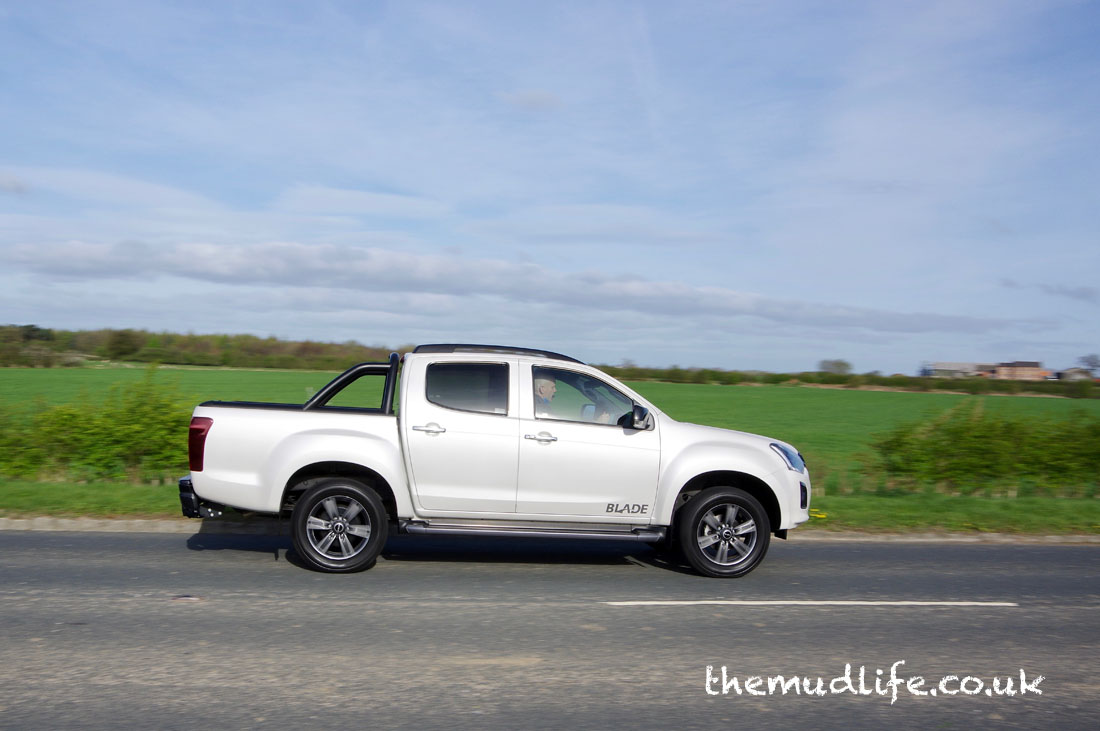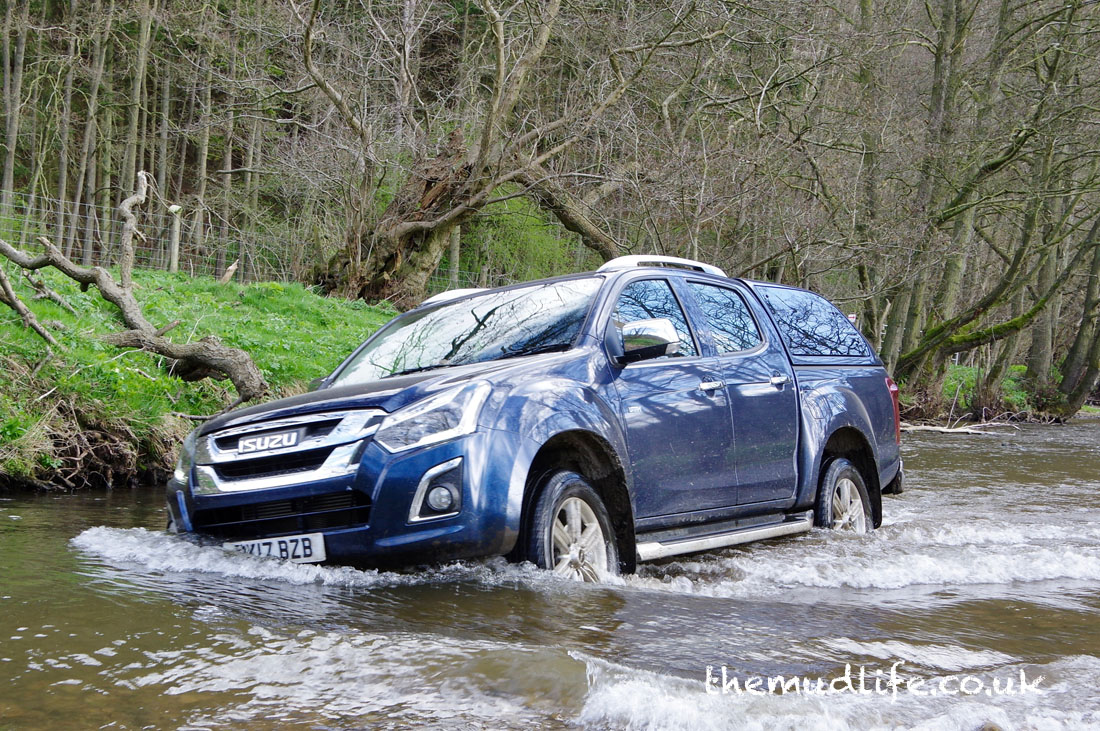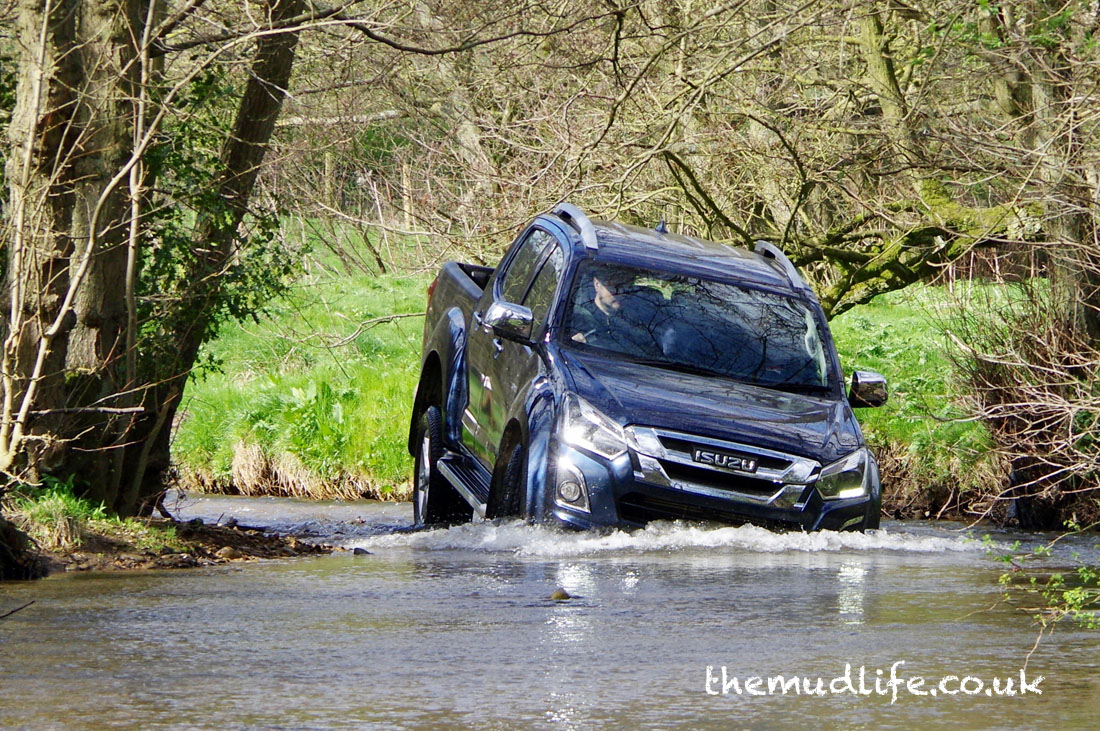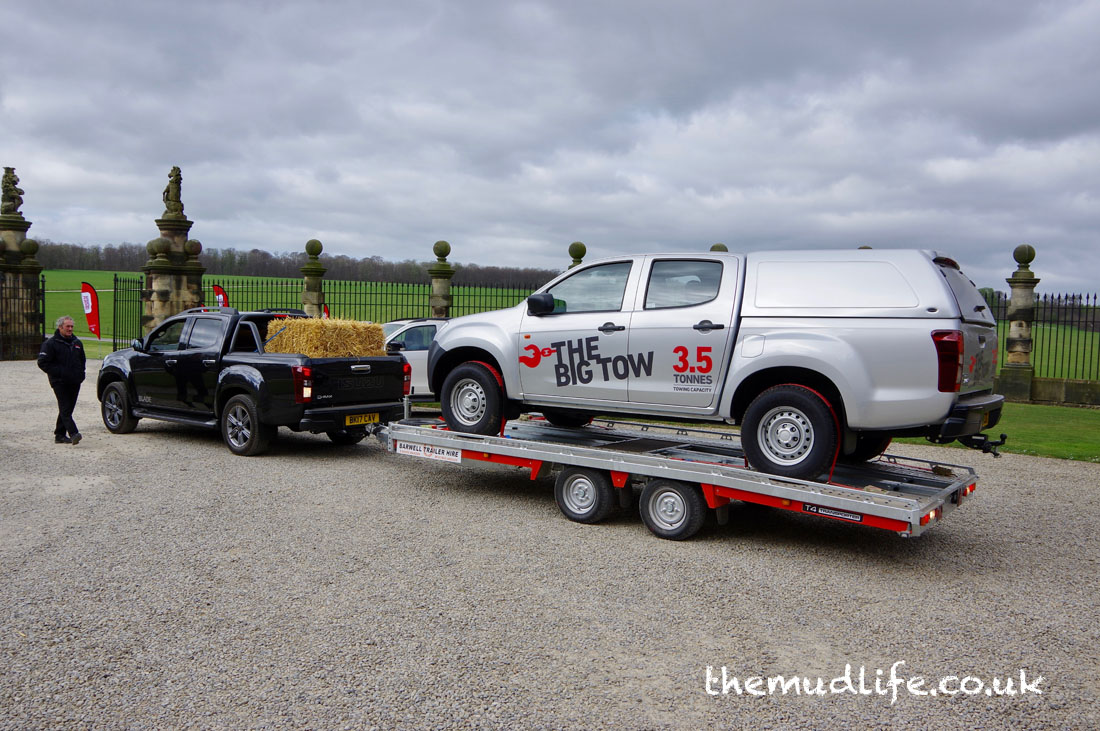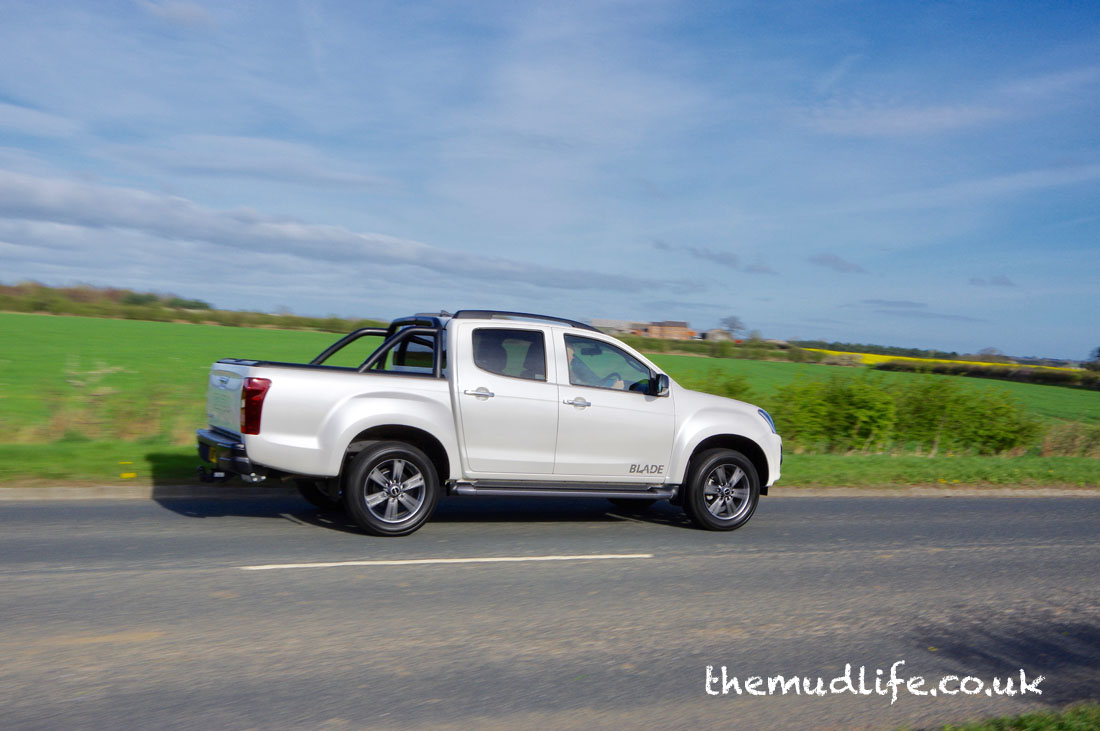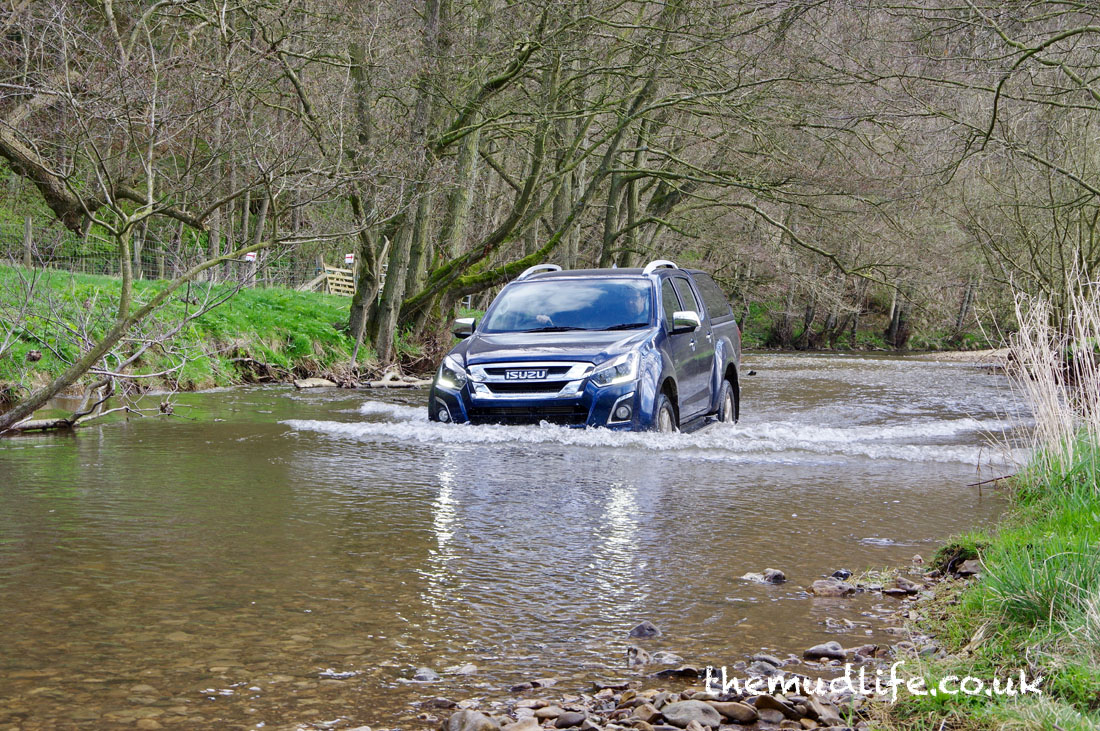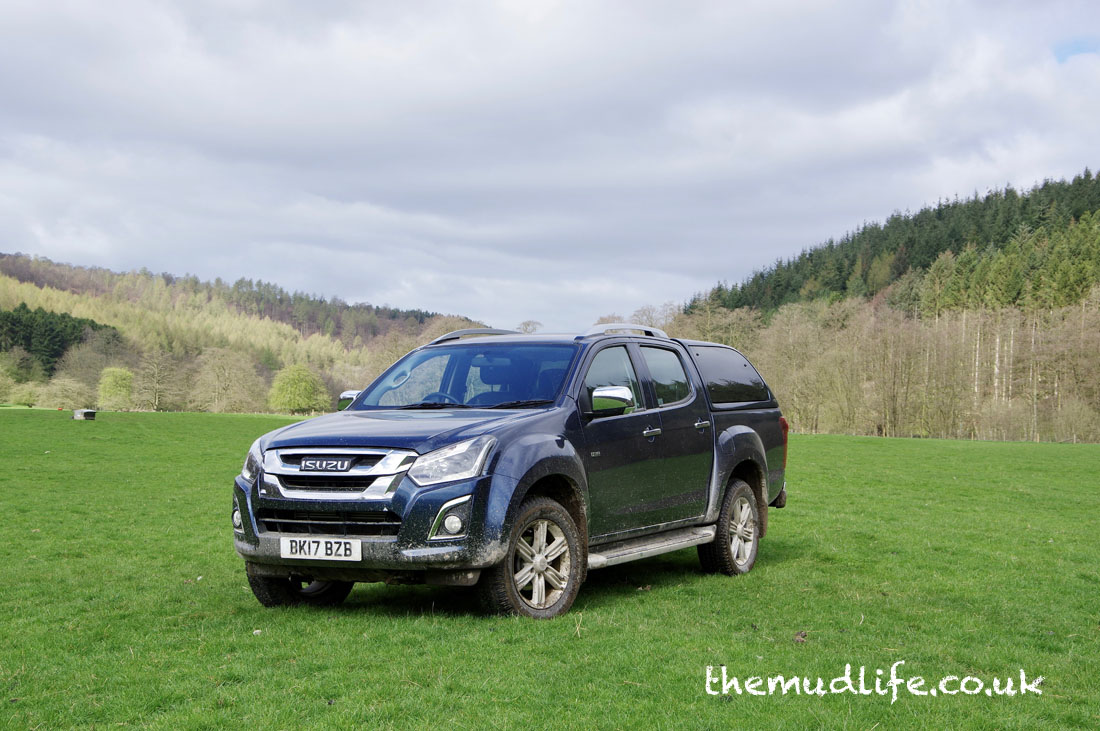2017 Isuzu D-Max
The more people I’ve spoken to recently, the more I’ve become aware of Isuzu’s importance in the land of the pick-up, as the D-Max has, and always will be the working truck of choice for many. Read any Australian 4x4 magazine and you can’t get away from the fact the D-Max is a prominent truck when it comes to overland adventures too, so it deserves our respect.
Earlier on in the year Isuzu shook things up a little and brought a new D-Max into town with a host of new features. There’s no doubt that Isuzu have been quite brave, whilst some manufacturers in this highly competitive sector have opted to increase the size of their engines, Isuzu have downsized. The old 2.5ltr diesel has been discontinued, and an all-new 1.9ltr has replaced it.
Seriously though, how can you drop an engine size and expect a tough, hard working vehicle to perform the same, if not better?
Well, the 1.9ltr engine was selected because development simulations showed it to be the optimum size to blend efficiency and achieve the necessary torque for D-Max to retain its core workhorse capabilities of a 3.5 tonne towing capacity and 1 tonne payload.
Another key benefit is that the new engine meets Euro 6 standards without the need for the addition of AdBlue, which on a working vehicle you can argue is just another expense.
Is that it then, just a new engine?
Oh no, there’s much more going on. On the outside for instance, there’s still a strong road presence and subtle mix of car-like detailing and rugged style. The key design changes here include a new front bumper, bonnet, grille and headlights with LED daytime running lights to create, and I quote from the press release 'a more masculine, sporty and powerful presence'.
The D-Max may appear tougher, but pedestrian safety has been improved by re-designing the front bumper and bonnet to absorb impact energy in the event of a collision with a pedestrian. The bonnet has also been designed to bend if struck from above, whilst the distance between the bonnet and engine has been increased, creating a crumple zone for the bonnet to fold into.
The front of the pick-up has a wedge-shape which delivers a more aerodynamic silhouette and the roof has been designed to reduce drag by 0.4% versus 15MY D-Max by directing airflow over the tailgate, which improves fuel economy, performance and level of cabin noise.
At the rear, the tailgate has been reshaped with a spoiler design moulded into the top section and features a newly designed handle.
The Utility D-Max is equipped with either 15-inch steel wheels (4x2 single cab) or 16-inch steel wheels (4x4 single, extended and double cab). In the premium range, the Eiger rides on 16-inch alloys, the Yukon and Utah models are fitted with 18-inch alloys and the Blade flagship has 18-inch Shadow grey alloys. A full size spare wheel is now standard on all versions, previously optional on Double Cab models.
Three body styles are offered: single, extended and double cab derivatives.
The extended cab variant, available in Utility and Yukon specification levels, was designed from the ground up as an open-cab pick-up, with a second-row, rear-hinged door.
One thing that stood out for me throughout the day was the updated interior that provides a more comfortable and refined experience. There’s a redesigned instrument panel, better seats and additional USB ports on all models, bar the Utility. With a hard plastic dash, it’s still a solid working vehicle, but it’s the small touches that often make the big differences.
How does it drive?
It drives very well, thanks for asking. Considering that the D-Max is a no-nonsense type of pick-up and doesn’t want to pander to the ‘lifestyle’ brigade, the ride is very smooth, especially around the winding country lanes around north Yorkshire towards our off road test site.
Although the rough forest tracks were fairly dry, the D-Max handled the ruts and steep inclines easily enough.
As for the river which was surprisingly deep in places, it was a mere puddle to the D-Max, and as you can see from the photos, we didn’t just drive across it, we drove up the middle!
We also had a drive around with a laden trailer attached, and you could hardly tell it was there. As I wrote earlier, it will carry up to 1-Tonne, and it will tow up to a massive 3.5-Tonne, which amusingly is the equivalent to six-Suffolk sheep, two-male thoroughbred horses or 400-facing bricks!
So, the question I posed at the start was, how can you drop an engine size and expect a tough, hard working woking vehicle like Isuzu’s D-Max to perform the same, if not better? Well I don't actually know how, but that’s what Isuzu have done.
Performance wise, it’s an all-round improvement.
CO2 Emissions
4x2 manual 163g/km which is down from 200g/km
4x4 manual 183g/km which is down from 292g/km
4x4 automatic 205g/km which is down from 220g/km
Fuel consumption
4x2 manual 45.6mpg which is up from 37.2mpg
4x4 manual 40.4mpg which is up from 38.7mpg
4x4 automatic 36.2mpg which is up from 33.6mpg
Prices, etc.
The entry-level Utility D-Max, priced from £15,749 (CVOTR) comes equipped with LED daytime running lights, Hill Start Assist, Variable Hill Descent Control, Bluetooth® connectivity, power windows and air conditioning.
Eiger double cab (from £20,499 CVOTR) adds a reversing camera, 16-inch alloy wheels, body coloured bumpers, audio system with CD player and 6 speakers.
Yukon (from £20,499 CVOTR) adds 18-inch alloy wheels, silver side steps, new 7-inch multi-function touchscreen, LED rear lights, Cruise Control, rear load liner and a leather steering wheel.
Utah (from £24,149 CVOTR) takes comfort up a notch with keyless entry and push button start, Apple CarPlay™ and Android Auto™, satellite navigation, DAB digital radio, roof bars, leather upholstery with heated front seats, rear parking sensors and automatic air conditioning.
The range-topping Blade (from £26,999 CVOTR) adds tinted windows, 9-inch multi-function touchscreen, remote locking lower tailgate, Blade puddle lamps, front and rear parking sensors, and a colour-coded Aeroklas canopy or sports bar with roller cover.
Finally, the D-Max comes with a 5 year / 125,000-mile warranty, and was the first pick-up in the UK to be offered with such a comprehensive peace-of-mind package. Running costs are kept down by 12,000-mile or 24-month service intervals, five years roadside rescue and recovery including European cover, a three-year paint warranty, and a six-year anti-corrosion warranty.










